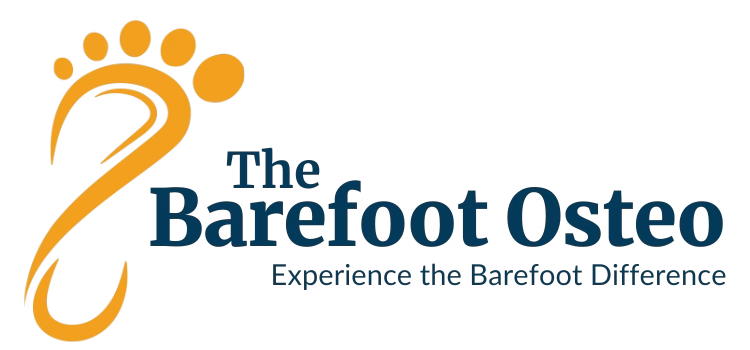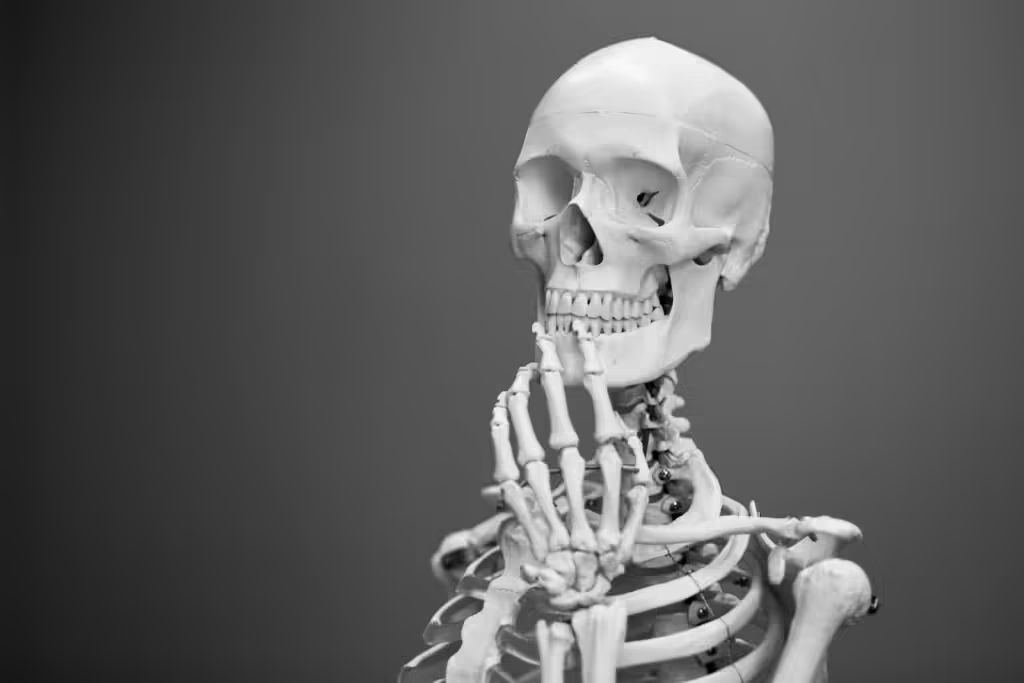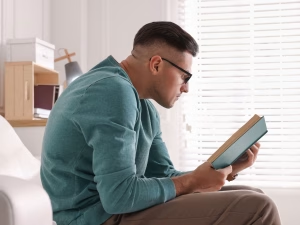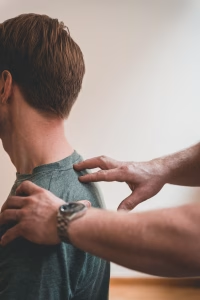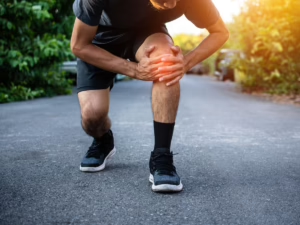When it comes to maintaining physical wellness and addressing common discomforts, understanding the conditions treated by an osteopath can be invaluable. Osteopathy offers a holistic approach to care that focuses on both physical and behavioral factors, making it a versatile solution for a variety of musculoskeletal issues. At The Barefoot Osteo in Warrnambool, we work to address root causes and empower clients to move with confidence, from relieving back pain to improving joint mobility and more.
In this blog, we’ll explore the types of conditions that often bring people into our clinic. While these are common presentations, each person’s experience is unique, and we develop tailored care plans to reflect that individuality. By integrating evidence-based practices, a deep understanding of movement, and a grounding barefoot philosophy, osteopathy at The Barefoot Osteo goes beyond typical treatment, focusing on sustainable changes and empowering clients to regain control of their movement health.
What Are Common Conditions Treated by an Osteopath?
What Does an Osteopath Do?
An osteopath addresses various physical concerns, targeting conditions treated by an osteopath like lower back pain, joint stiffness, and muscular tension. Unlike many conventional treatments that focus solely on the area of pain, osteopathy takes a holistic view, assessing how different parts of the body interact and influence one another. For instance, lower back pain may not simply be due to the back itself; it could stem from imbalances in hip mobility or postural patterns influenced by daily habits.
At The Barefoot Osteo, we start by understanding each client’s unique lifestyle, movement patterns, and physical concerns. This whole-body perspective helps us identify areas of restriction or weakness and create personalized plans that are sustainable and realistic. Our barefoot philosophy further encourages natural movement and a grounded approach to care, fostering greater stability and balance, which is especially beneficial for managing and preventing injuries.
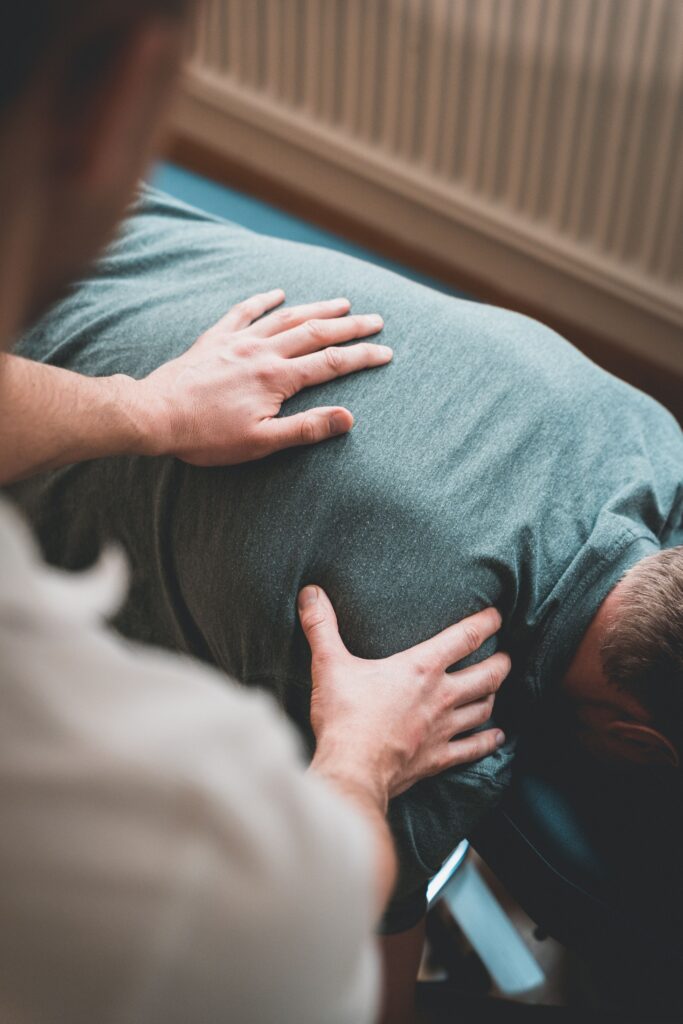
How Can Osteopathy Help with Pain and Mobility?
Osteopathy’s gentle, hands-on techniques are designed to encourage the body’s own healing mechanisms, supporting pain relief and improving mobility in a non-invasive way. Techniques like soft tissue manipulation, joint mobilization, and cranial osteopathy work together to improve circulation, reduce muscle tension, and increase the range of motion in restricted areas. For clients dealing with musculoskeletal issues—whether it’s chronic stiffness or discomfort in everyday activities—osteopathy offers a path to functional movement without the need for extensive medication or invasive procedures.
Our approach at The Barefoot Osteo goes a step further by addressing the behavioral factors contributing to physical discomfort. For example, repetitive postures, stress, and even daily habits can exacerbate pain and limit mobility. By working barefoot, we not only improve physical balance but also promote an environment where clients feel grounded and connected to their natural movement patterns, which can support long-term improvement.
How Osteopathy Addresses Conditions Treated by an Osteopath
Osteopathy’s holistic approach is uniquely suited to address a variety of common issues that impact movement, comfort, and quality of life. In our clinic, we frequently see clients dealing with musculoskeletal discomfort that can stem from various causes—whether it’s lingering tension from repetitive movements or structural imbalances affecting mobility. Below, we’ll cover some of the most common conditions we see and explore how osteopathic care may help.
How Can Osteopathy Help with Lower Back Pain?
Lower back pain is one of the most common conditions treated by an osteopath, often resulting from a mix of lifestyle factors and musculoskeletal imbalances. in osteopathy, we don’t just treat the site of pain; we assess how the entire body’s movement patterns may be contributing to the discomfort. For example, restricted hip mobility or a misaligned pelvis can place additional strain on the lower back, making it vulnerable to injury.
At The Barefoot Osteo, we address these underlying causes with gentle techniques aimed at improving joint alignment, relieving muscle tension, and restoring functional movement in the lower back and surrounding areas. Studies in recent years have shown osteopathy to be effective in reducing pain intensity and improving function in individuals with chronic lower back pain. By also considering behavioral factors—such as prolonged sitting or inadequate support during physical activities—we aim to address both the physical and lifestyle contributors to lower back pain, offering a more comprehensive path to relief.
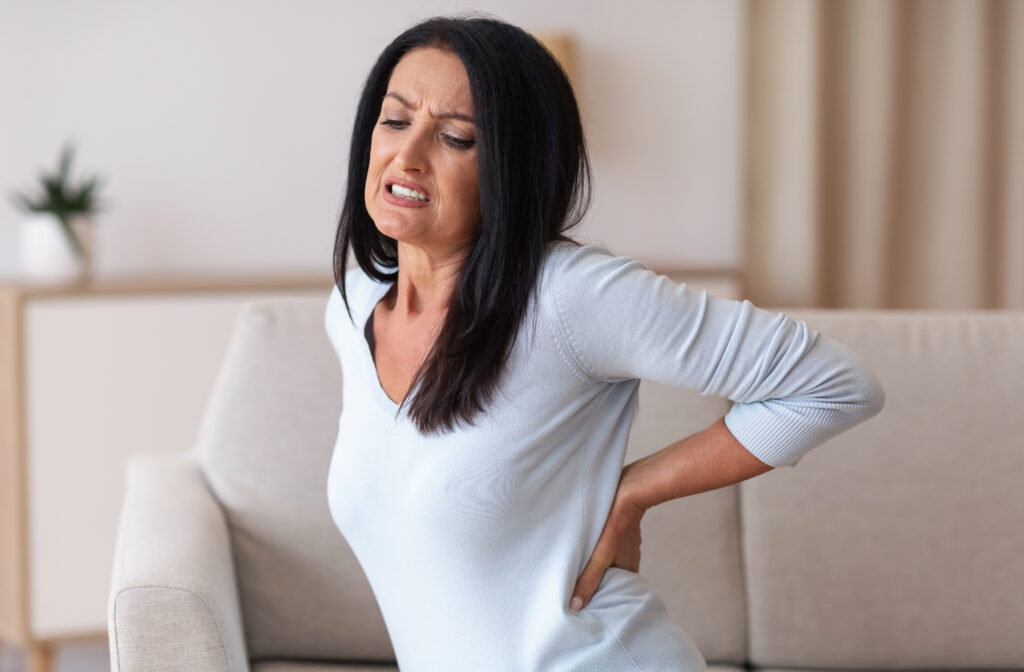
Is Osteopathy Effective for Neck and Shoulder Pain?
In today’s digital age, neck and shoulder pain is increasingly common, often resulting from prolonged screen time, poor posture, and stress. These factors lead to muscular tension and imbalances in the upper body, which can cause discomfort and limit range of motion.
Osteopathic treatment for neck and shoulder pain includes soft tissue manipulation and mobilization techniques aimed at restoring alignment and easing muscle tension. Research supports osteopathy’s role in alleviating neck pain by improving muscular flexibility and circulation. At The Barefoot Osteo, we also focus on ergonomics and postural habits, guiding clients on simple adjustments that can reduce strain on the neck and shoulders in their day-to-day activities. This tailored approach not only addresses current pain but helps prevent recurring discomfort by encouraging healthier movement patterns.
What Are the Benefits of Osteopathy for Knee and Hip Pain?
Knee and hip pain are also frequent conditions treated by an osteopath, particularly when related to alignment or overuse. Osteopathy can play a valuable role in managing these issues by improving joint mobility, addressing muscular imbalances, and supporting overall stability.
In treating knee and hip discomfort, we focus on restoring proper alignment and reducing the load on these joints through gentle mobilization techniques and exercises that improve muscular support. Research highlights osteopathy’s benefits for joint-related pain, showing that osteopathic techniques can enhance functional movement in individuals with hip and knee restrictions. At The Barefoot Osteo, we integrate exercises that encourage natural, grounded movement to support stability and prevent further joint strain, allowing clients to engage in their daily activities more comfortably.
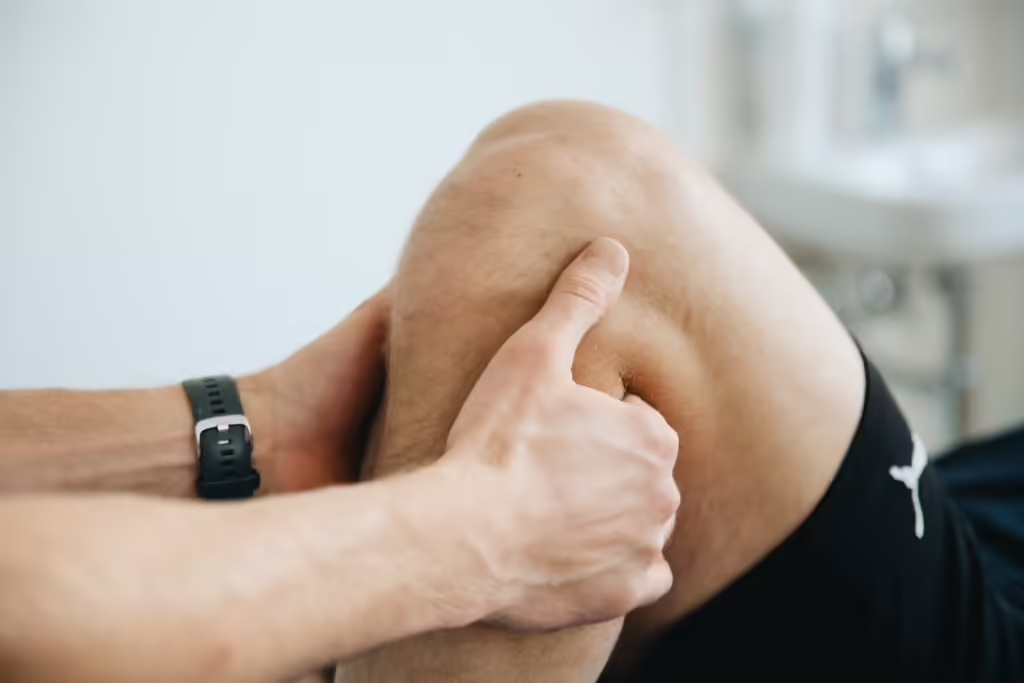
Can Osteopathy Relieve General Muscle Tension and Stiffness?
Muscle tension and stiffness are common issues, often related to stress, overuse, or lack of physical activity. These can lead to discomfort and a restricted range of motion, affecting overall movement quality. Osteopathy offers a non-invasive approach to relieve this tension, using techniques that improve circulation, relax muscles, and promote a greater sense of ease in the body.
Our approach at The Barefoot Osteo considers both physical and lifestyle factors contributing to muscle tension. For example, chronic stress can lead to persistent muscle tightness, and prolonged periods of inactivity can reduce circulation. By addressing both the physical symptoms and the habits contributing to them, osteopathy provides a comprehensive solution for muscle relaxation. Studies indicate that osteopathic techniques can significantly improve flexibility and reduce muscle tension, leading to better movement and reduced discomfort.
Behavioral Factors in Conditions Treated by an Osteopath
Addressing Behavioral Aspects in Conditions Treated by an Osteopath
Behavioral patterns play a significant role in many conditions treated by an osteopath, such as chronic pain or stress-induced muscular tension. When we think about musculoskeletal pain, it’s easy to focus solely on the physical symptoms. However, behavior and psychology play significant roles in how pain develops and persists. At The Barefoot Osteo, we recognize that lifestyle factors—such as stress, posture, and daily habits—contribute to pain just as much as physical imbalances. By integrating these elements into our holistic approach, we can create a more effective and personalized path to relief.
Behavioral factors can include anything from how a person moves and sits during the day to stress responses that can lead to muscle tension and restricted movement. For instance, someone experiencing chronic lower back pain may also have work-related stress or a sedentary routine that exacerbates their discomfort. Studies show that chronic pain can be influenced by psychological factors, and addressing these can improve both physical and mental well-being.
At The Barefoot Osteo, we work with clients to understand these influences and develop strategies that address them alongside physical treatment. This may involve recommending ergonomic adjustments, guiding clients on mindfulness practices to manage stress, or exploring more functional postural habits. By considering these behavioral components, we go beyond standard treatments, helping clients make sustainable changes that enhance their long-term movement health.

How The Barefoot Osteo Treats Conditions with a Holistic Approach
The Barefoot Difference in Treating Conditions Seen by an Osteopath
The Barefoot Osteo Warrnambool offers a unique approach to treating conditions typically managed by an osteopath, with a focus on barefoot principles and stability. Our approach focuses on aligning each person’s unique movement patterns and lifestyle with treatment, creating a supportive environment where sustainable, natural movement can flourish. Here’s how we stand apart from standard treatments:
- Barefoot Philosophy: The Barefoot Osteo embraces a grounded approach by literally working barefoot. This philosophy is about more than just the absence of shoes—it’s rooted in promoting stability, balance, and natural movement patterns. By working barefoot, our team connects more intuitively with clients, creating an environment that feels both natural and supportive. This approach fosters a deeper awareness of body mechanics, benefiting clients by encouraging grounded, connected movement that feels authentic and balanced.
- Holistic, Client-Centered Care: At The Barefoot Osteo, treatment plans are as unique as our clients. We understand that everyone’s body is different, and each person’s pain and movement limitations come with their own set of factors. During each session, we explore not only the physical elements of discomfort but also the lifestyle, behavioral, and psychological influences that may be contributing to it. This comprehensive approach allows us to create care plans that go beyond just the symptoms, focusing on long-term solutions and sustainable improvements in mobility and function.

- Personalized Education and Lifestyle Guidance: A core part of our philosophy is empowering clients to take ownership of their health. Beyond hands-on techniques, we offer personalized advice on managing daily movements, reducing stress, and incorporating healthier habits into routines. This approach fosters self-awareness and equips clients with practical tools for managing pain and preventing further issues, making osteopathic care an integral part of a proactive wellness routine.
- Focus on Movement Foundations: Stability, mobility, and balance are foundational to everything we do. By helping clients build a strong foundation through these pillars, we can enhance the body’s natural alignment, reduce the risk of injury, and promote fluid, pain-free movement. Each treatment is grounded in these principles, creating a clear path toward functional wellness that supports every stage of life.
Real-Life Examples of Conditions Treated by an Osteopath
What Can I Expect from Osteopathic Treatment for Lower Back Pain?
Imagine a busy primary school teacher who spends hours on her feet each day, often leaning over desks to assist students. She leads an active lifestyle outside of work, participating in Pilates and swimming to maintain her fitness, yet persistent lower back pain has become a barrier to her well-being. At The Barefoot Osteo, we take time to understand how her professional and personal routines contribute to her discomfort. This scenario exemplifies one of the conditions treated by an osteopath, where lifestyle adjustments and movement correction are key to relief.
Through osteopathic treatment, we address the foundational issues contributing to her pain, such as limited hip mobility and imbalances in her posture from prolonged standing. We incorporate techniques to release muscle tension in her lower back and improve alignment, promoting greater freedom of movement and flexibility. In addition, we guide her on ergonomic adjustments she can make at work, helping her to prevent further strain. This holistic approach not only relieves her lower back pain but also empowers her with practical strategies for maintaining her comfort and mobility long-term.
How Does Osteopathy Help People with Busy Schedules?
Consider a corporate professional dealing with neck and shoulder tension from long hours at a desk. Her schedule is packed with back-to-back meetings, leaving little time to unwind. She often feels the strain in her neck and shoulders, which affects her focus and overall well-being. Through osteopathy at The Barefoot Osteo, we focus on gentle techniques to release the muscular tension in her neck and shoulders while also exploring how her stress levels and work posture contribute to the issue.

During treatment, we address not only the physical tension but also the behavioral patterns contributing to it, suggesting postural changes and simple exercises she can integrate into her day to prevent recurring tension. By using a grounded, barefoot approach, we reinforce her awareness of balanced posture and body mechanics, helping her create a healthier workspace setup. This combination of personalized care and lifestyle guidance supports her overall wellness, reducing the strain and improving her productivity and comfort throughout her busy days.
What Can I Expect from an Osteopathy Session for Knee and Hip Pain?
Knee pain and hip discomfort are additional conditions treated by an osteopath, benefiting from personalized care and alignment support. A client with an active lifestyle—a regular runner—begins to experience knee and hip discomfort that hinders her ability to continue her routine. This pain may stem from a combination of overuse, muscular imbalances, and the repetitive impact of running on hard surfaces. At The Barefoot Osteo, we start with a thorough assessment to understand her movement patterns and identify areas of tension or misalignment contributing to her pain.
Our treatment focuses on gentle mobilizations and exercises that improve hip stability and knee alignment, reducing the stress on her joints and enhancing her overall performance. We also offer practical guidance on stretching and strengthening exercises she can incorporate into her routine to promote resilience in her joints and minimize injury risk. By addressing both the physical and behavioral factors, we help her maintain her active lifestyle in a balanced, pain-free way.
Can Osteopathy Prevent Future Pain and Injuries?
How Does Osteopathy Help in Long-Term Health and Injury Prevention?
Osteopathy isn’t just about relieving pain in the moment; it’s a proactive approach designed to support long-term health and resilience. At The Barefoot Osteo, we focus on enhancing the body’s natural alignment, stability, and movement patterns to prevent recurring issues and minimize the risk of future injuries. By addressing the root causes of discomfort and supporting balanced movement, osteopathy offers clients a solid foundation for sustainable health.
Through regular sessions, clients learn how their everyday behaviors and habits influence their musculoskeletal health. For instance, a person dealing with recurring lower back pain may find that prolonged sitting or poor posture at work is a significant factor. By understanding and adjusting these habits, clients can prevent the return of their symptoms and improve their overall quality of life. Studies have shown that osteopathic care can reduce the frequency and intensity of musculoskeletal pain over time, particularly when preventive techniques are incorporated.
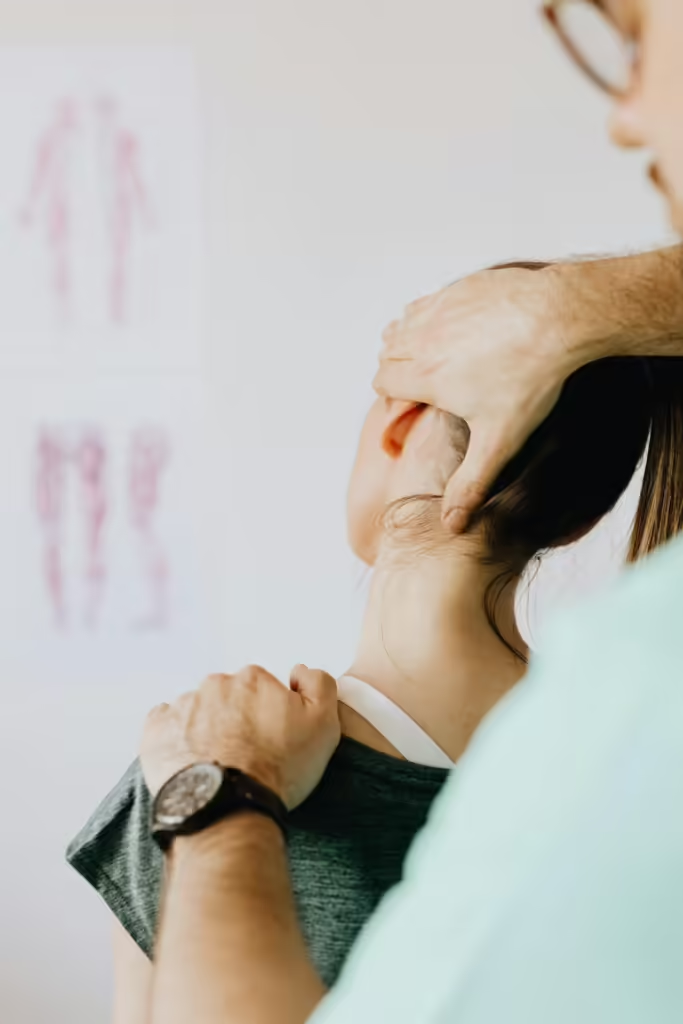
Building Resilience Through Stability, Mobility, and Balance
At The Barefoot Osteo, we believe that prevention starts with a strong foundation of stability, mobility, and balance. Each treatment plan integrates these three core pillars, focusing on improving how the body functions as a whole. Stability provides a solid base for safe movement, mobility allows for fluid motion within the joints, and balance helps control and coordinate movements effectively.
Our barefoot philosophy complements this approach by encouraging clients to reconnect with their body’s natural movement. Walking barefoot promotes foot strength, posture awareness, and alignment, which are essential for injury prevention and lasting wellness. By helping clients establish healthy movement habits, we empower them to take control of their body’s resilience, supporting an active lifestyle free from discomfort.
Why Osteopathy Is Ideal for Active, Goal-Oriented Lifestyles
Osteopathy’s emphasis on whole-body wellness makes it an ideal approach for individuals who lead active, goal-oriented lifestyles. Whether you’re an athlete, a professional with a busy schedule, or someone striving to maintain health as you age, osteopathy provides a preventive framework that keeps you moving with ease. Regular sessions can improve body awareness, enhance joint mobility, and boost overall strength, all of which are critical for staying active and avoiding injuries.
At The Barefoot Osteo, we work with clients to build a proactive health routine that fits into their lifestyle. By focusing on preventive care and tailored guidance, we help clients take charge of their movement health and feel confident in their ability to pursue their passions without limitations.
Conclusion
Osteopathy at The Barefoot Osteo addresses a wide range of conditions treated by an osteopath, with a focus on holistic wellness and sustainable movement. By addressing common conditions holistically and focusing on each client’s unique lifestyle, our clinic empowers individuals to regain control over their bodies and move through life with confidence. Whether you’re managing chronic discomfort, seeking relief from daily tension, or simply aiming to build resilience, osteopathy offers a path to sustainable wellness.
Our grounding barefoot philosophy reinforces a natural, stable approach to movement, connecting clients with their body’s innate capacity for balance, strength, and flexibility. Through personalized care plans rooted in the core pillars of stability, mobility, and balance, we guide clients toward functional, pain-free movement that supports their goals and lifestyle.
To learn more about conditions treated by an osteopath, book a consultation with us today and experience the barefoot difference. Our team is here to support you on your journey to enhanced movement and lasting wellness—because every step should feel balanced, confident, and connected.
Reference List:
Baliki, M. N., Chialvo, D. R., Geha, P. Y., Levy, R. M., Harden, R. N., Parrish, T. B., & Apkarian, A. V. (2006). Chronic pain and the emotional brain: specific brain activity associated with spontaneous fluctuations of intensity of chronic back pain. The Journal of neuroscience : the official journal of the Society for Neuroscience, 26(47), 12165–12173.
Bordoni B. (2019). The Benefits and Limitations of Evidence-based Practice in Osteopathy. Cureus, 11(11), e6093.
Cerritelli, F., Ginevri, L., Messi, G., Caprari, E., Di Vincenzo, M., Renzetti, C., Cozzolino, V., Barlafante, G., Foschi, N., & Provinciali, L. (2015). Clinical effectiveness of osteopathic treatment in chronic migraine: 3-Armed randomized controlled trial. Complementary therapies in medicine, 23(2), 149–156.
Chou, R., & Shekelle, P. (2010). Will this patient develop persistent disabling low back pain? Journal of the American Medical Association, 303(13), 1295-1302.
Cicchitti L, Martelli M, Cerritelli F (2015) Chronic Inflammatory Disease and Osteopathy: A Systematic Review. PLOS ONE 10(3): e0121327.
Franke, H., Franke, J. D., & Fryer, G. (2014). Osteopathic manipulative treatment for nonspecific low back pain: A systematic review and meta-analysis. BMC Musculoskeletal Disorders, 15, 286.
Gatchel, R. J., Peng, Y. B., Peters, M. L., Fuchs, P. N., & Turk, D. C. (2007). The biopsychosocial approach to chronic pain: scientific advances and future directions. Psychological bulletin, 133(4), 581–624.
Gesslbauer, C., Vavti, N., Keilani, M., Mickel, M., & Crevenna, R. (2016). Effectiveness of osteopathic manipulative treatment versus osteopathy in the cranial field in temporomandibular disorders – a pilot study. Disability and Rehabilitation, 40(6), 631–636.
Johnson, S. & Kurtz, M. (2002). Conditions and diagnoses for which osteopathic primary care physicians and specialists use osteopathic manipulative treatment. Journal of Osteopathic Medicine, 102(10), 527-540.
Licciardone, J.C., Brimhall, A.K. & King, L.N. Osteopathic manipulative treatment for low back pain: a systematic review and meta-analysis of randomized controlled trials. BMC Musculoskelet Disord 6, 43 (2005).
Saracutu, M., Rance, J., Davies, H., Edwards, D. (2018). The effects of osteopathic treatment on psychosocial factors in people with persistent pain: A systematic review. International Journal of Osteopathic Medicine, Volume 27, 23-33.
Steel, A., Blaich, R., Sundberg, T., Adams, J. (2017). The role of osteopathy in clinical care: Broadening the evidence-base. International Journal of Osteopathic Medicine, Volume 24, Pages 32-36.
Task Force on the Low Back Pain Clinical Practice Guidelines (2016). American Osteopathic Association Guidelines for Osteopathic Manipulative Treatment (OMT) for Patients With Low Back Pain. Journal of Osteopathic Medicine, 116(8), 536-549.
Vogel, S. (2015). Evidence, theory and variability in osteopathic practice. International Journal of Osteopathic Medicine, 18(1), 1-4.
